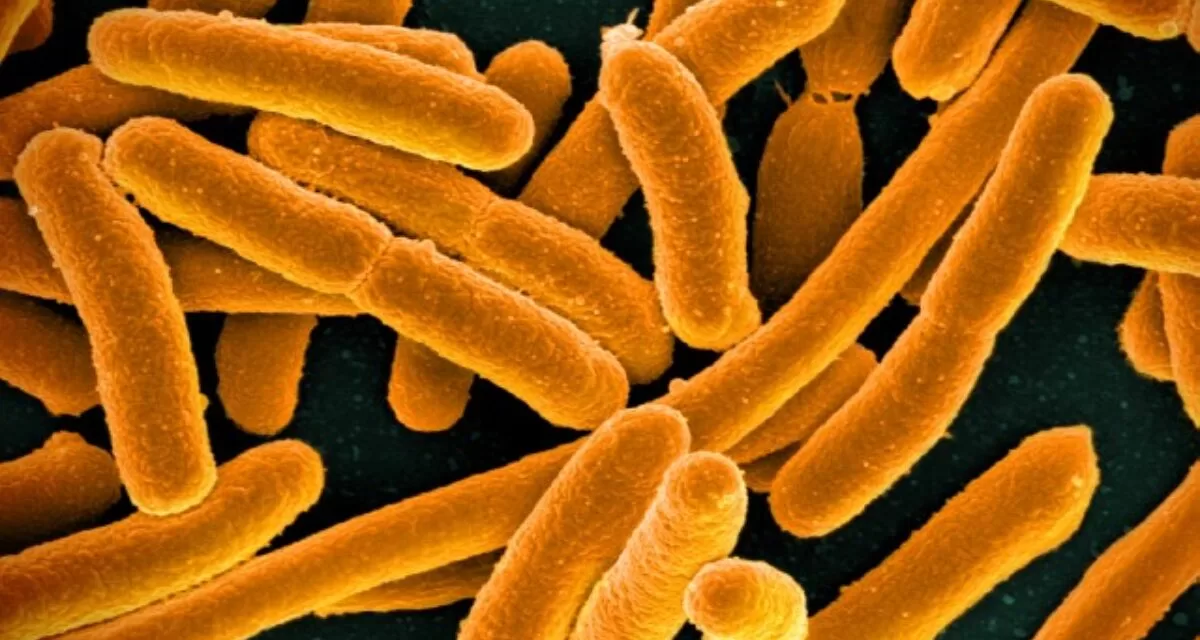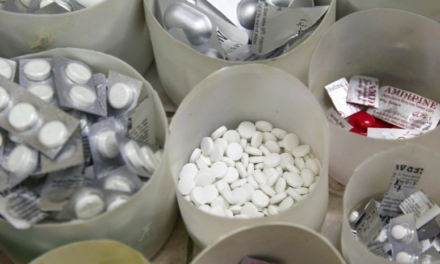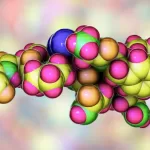A breakthrough study published in the journal Angewandte Chemie by a Chinese research team unveils a novel approach to tackling the looming threat of multidrug-resistant bacterial infections, which have become a global health crisis. Led by Yiyun Cheng at East China Normal University in Shanghai, the team introduces a method for developing innovative antibiotics based on fluorous lipid chains, potentially offering a solution to the escalating problem of antibiotic resistance.
The rise of antibiotic resistance, fueled by the indiscriminate use of antibiotics in both clinical and agricultural settings, poses a formidable challenge. Traditional antibiotics are becoming increasingly ineffective against resistant pathogens, highlighting the urgent need for alternative strategies.
Drawing inspiration from nature, particularly bacteria’s own defense mechanisms, the research team devised a method to create antibiotics based on lipoproteins — small protein molecules with fatty acid chains. These lipoproteins, known for their ability to penetrate bacterial membranes, are a promising source for developing new antibiotics. The team enhanced this approach by replacing hydrogen atoms in the lipid chain with fluorine atoms, making them simultaneously water-repellant and fat-repellant.
The researchers synthesized a library of fluorous lipopeptides by combining fluorinated hydrocarbons and peptide chains linked together via cysteine amino acids. Through meticulous screening, they identified a potent compound named “R6F,” consisting of six arginine units and a lipid chain with a unique composition of carbon and fluorine atoms. To improve biocompatibility, R6F was encapsulated within phospholipid nanoparticles.
In rigorous testing against methicillin-resistant Staphylococcus aureus (MRSA) — a notorious antibiotic-resistant bacterium — R6F nanoparticles demonstrated remarkable efficacy in combating sepsis and chronic wound infections in mouse models. Notably, the nanoparticles exhibited multiple mechanisms of action, including inhibiting cell-wall synthesis, destabilizing cell membranes, disrupting bacterial metabolism, and inducing oxidative stress. Importantly, no resistance to the compound was observed.
These findings hold immense promise for the development of highly effective antibiotics to combat multidrug-resistant bacterial infections. By harnessing the unique properties of fluorous lipopeptides, the research team has paved the way for a new generation of antibiotics capable of addressing one of the most pressing challenges in modern medicine.












